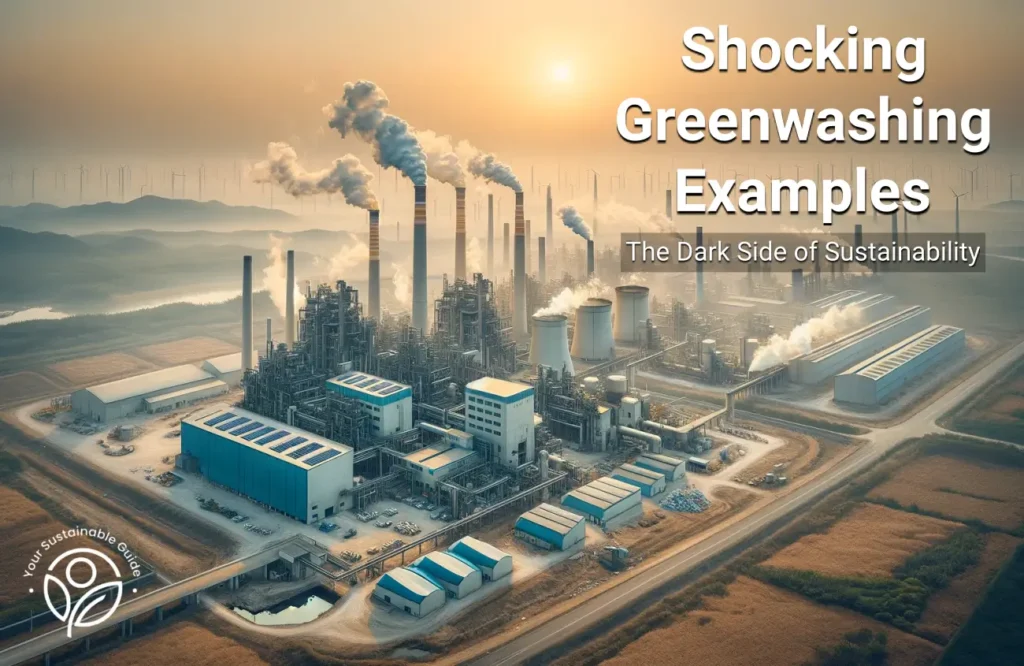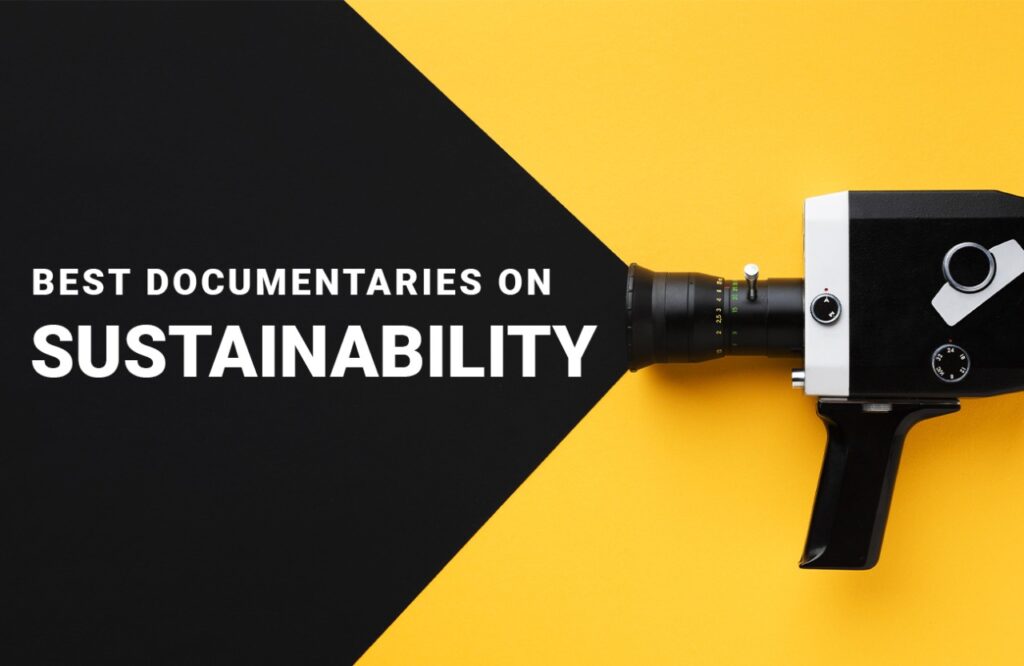In a world where consumers are becoming increasingly ecologically sound, many companies are outdoing themselves to come out as sustainable. They release sustainability campaigns to address Environmental, Social and Governance (ESG) issues to keep up with the brand’s environmentally friendly image to drive more sales. However, if you’ve picked up a product just because the packaging mentioned “organic”, “natural”, or “recycled,” then you might have been prey to one of the prevalent greenwashing examples.
Greenwashing is a deceitful marketing gimmick done by companies to appear more sustainable than they actually are. This practice is designed to mislead consumers to keep milling in the profits. Therefore, if called out, it can be perilous for brands, and they may face severe legal consequences. This article will explore some well-known examples of greenwashing with tips to avoid falling for these tactics. Let’s get started!
10 Famous Greenwashing Examples Are:
1. IKEA
2. H&M
3. Volkswagen
4. Starbucks
5. Ryanair
6. Coca-Cola
7. Keurig
8. Shell
9. Unilever
10. HSBC
Unveiling the Lies: 10 Appalling Greenwashing Examples
Greenwashing has become more of a trend. Brands are constantly coming up with innovative advertising stunts to spread lies about their contribution to address climate change. Greenwashing companies can be from any industry, with renowned organizations like IKEA, H&M, Volkswagen, Starbucks, Coca-Cola, Ryanair, Keurig, Shell, Unilever, and HSBC following suit.
1. IKEA
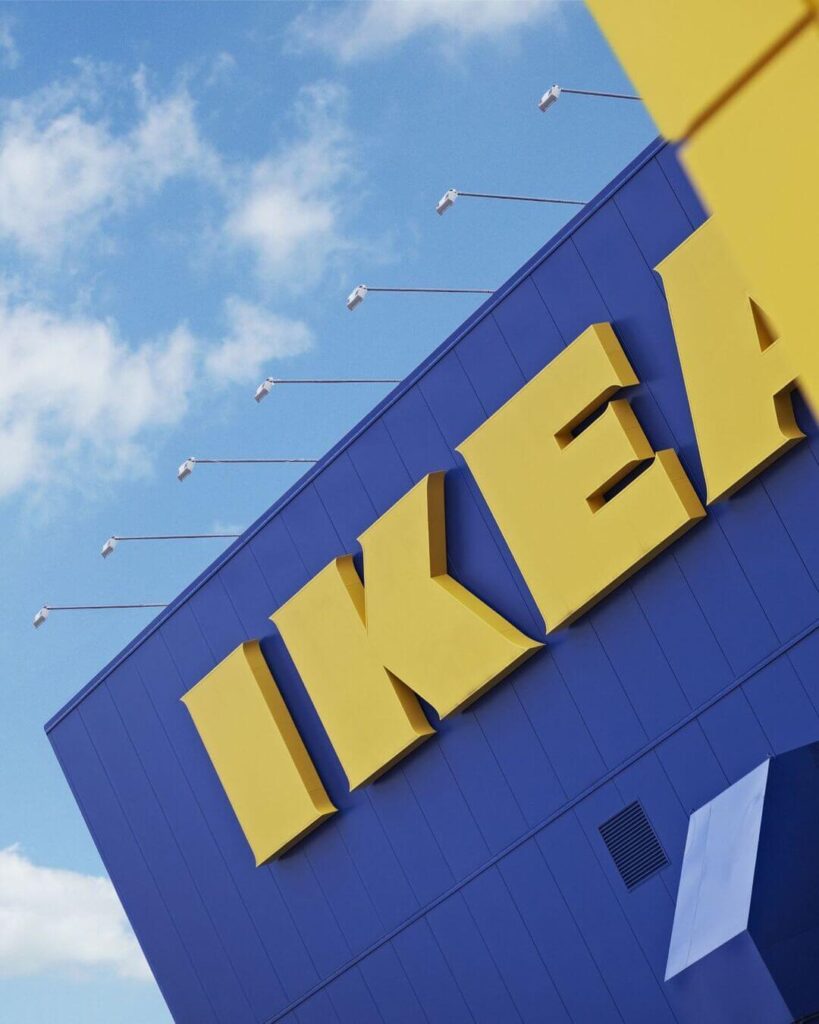
IKEA is the world’s largest furniture retailer. Its popularity for offering home and office furnishings at reasonable pricing has led the company’s timber consumption to double up in the last decade. However, in 2021, an 18 month long investigation by the nonprofit Earthsight revealed that IKEA made beechwood chairs using wood illegally sourced from the forests of Ukraine’s Carpathian region, which is home to many endangered species, like bears, lynxes, wolves, and bison.
IKEA gets its wood certified by the Forest Stewardship Council (FSC)— a recognized forest certification system that helps organizations source wood sustainably. So what’s most shocking is this conflict timber was certified by the FSC, raising serious questions about the transparency and ethical standards of its accreditation. Earthsight’s report criticized the FSC for neglecting Ikea’s supply chain. In correspondence to the greenwashing accusations, Ikea stated that it had parted ways with the suppliers involved in this scandal.
2. H&M

The fast-fashion industry is a leading cause of climate change. As a result, many high-street fashion labels are becoming experts at greenwashing tactics to stay in business for the long run. And H&M is one of them! In 2022, H&M was accused of greenwashing after the news publication Quartz disclosed its report on the brand’s latest sustainability collection, “Conscious Choice.” They claimed that the label is misleading consumers with false environmental scorecards.
H&M said that it used the fashion industry metric— Higg Sustainability Profile which gauges the amount of carbon a sustainable material’s production releases compared to traditional materials. However, the report revealed that more than half of H&M’s scorecards exaggerated the products’ environmental soundness. While the brand touted of using 30% less water and energy in this collection, it actually used 30% more, contradicting the SAC version. Soon after Quartz went public with its findings, a class-action lawsuit was filed by a consumer against H&M for false marketing and greenwashing fashion.
3. Volkswagen

In 2015, the German automobile manufacturer Volkswagen was exposed by the U.S. Environmental Protection Agency (EPA) for cheating on federal carbon emissions tests. These assessments were carried out to ensure that the newly-engineered vehicles are less harmful to the environment than their previous editions. But Volkswagen tried to get away clean with these tests by fitting defective software in various of its diesel vehicles, altering the actual performance.
The software lowered the engines’ carbon emissions during the assessments to outflank regulations but emitted up to 40 times more nitrogen oxide pollutants in normal driving scenarios. All these activities were going on while the company was running marketing campaigns for its innovative vehicles equipped with low-emissions and environmentally friendly features. Volkswagen admitted to the deception, and the company’s CEO resigned after the scandal unravelled.
4. Starbucks

The world’s largest coffeehouse chain Starbucks introduced a “straw-less lid,” concept as part of its sustainability drive. The irony is this “Nitro lid” was composed of more plastic than the usual “lid and straw” combination. Starbucks accepted these findings but claimed that the lids are made from Polypropylene, which can be easily recycled once they’re captured in a recycling infrastructure.
Answering to such solutions, environmental critics have pointed out the fact that currently, just 9% of the world’s plastic is recycled, so it’s foolishness to assume that all the lids in its supply chain would be recycled. Furthermore, the US exports around 1/3 of its recycling tasks to developing countries, meaning more responsibilities and carbon emissions in poorer nations with fewer resources.
5. Ryanair
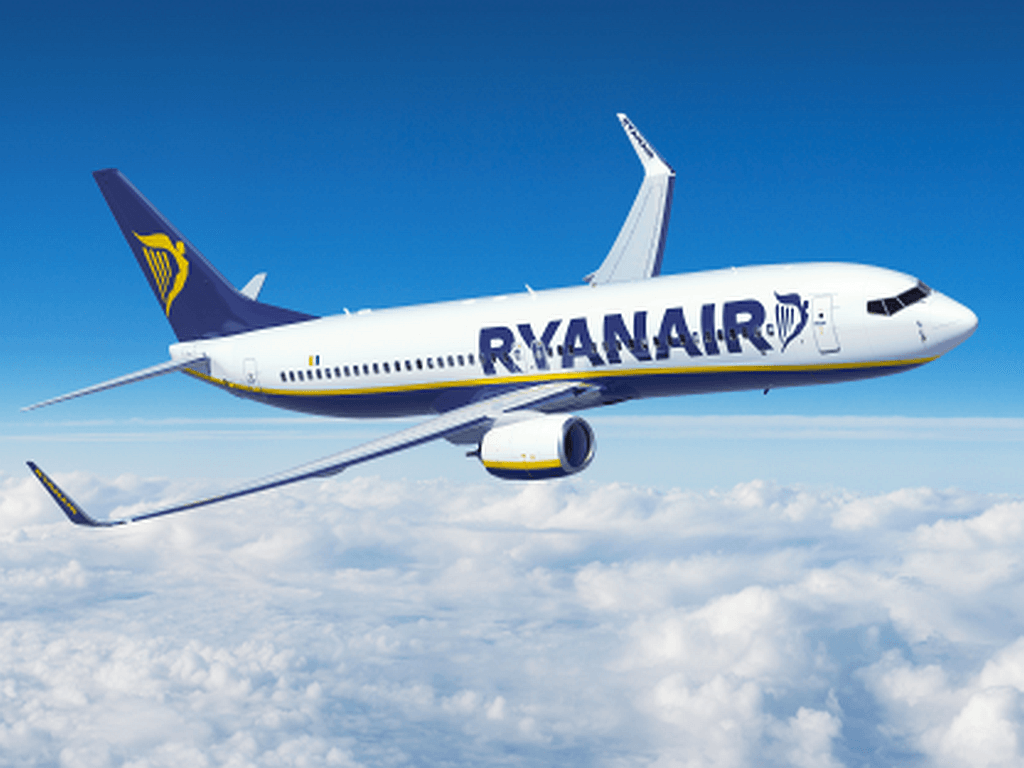
Ryanair has been disappointing consumers for long with its misleading luggage charges, uncomfortable seats, and whatnot. Now, the latest addition to the list is greenwashing. In 2020, Ryanair fearlessly announced itself as Europe’s “greenest, cleanest airline,” indicating an outdated report from 2011. The ads displayed that Ryanair has the lowest carbon emissions compared to any major airline, as it has the youngest fleet with the highest proportion of booked seats on every flight and the most fuel-efficient engines.
Of course, the aviation company made up the claim without any valid proof of its latest carbon emissions measurement report’s impact on climate change. Therefore, in February 2020, the UK Advertising Standards Authority (ASA) banned Ryanair’s advertising campaign, concluding that the claims were misleading. ASA stated, “The ads must not appear again in their current forms.” “We told Ryanair to ensure that when making environmental claims, they should hold adequate evidence to substantiate them and to ensure that the basis of those claims was made clear.”
6. Coca-Cola

The beverage giant Coca-Cola is ranked as the world’s worst plastic polluter, according to a Break Free From Plastic report. The company faced major criticism in 2020 when it announced that it would not stop using plastic bottles, as they’re convenient for customers. Regardless of openly declaring this decision, Coca-Cola has the audacity to mention that it is making progress in dealing with the environmental impact of its plastic waste. The company’s spokesperson said that they have a global commitment to retrieve every bottle back by 2030. And that 100% recycled plastic bottles are already available in 18 markets around the world, with the number increasing rapidly.
However, with the minimal rate of recycling plastic programs worldwide, such claims are just vague promises that don’t guarantee any immediate change for a better environment. Again, an environmental organization, Earth Island Institute, filed a lawsuit against Coca-Cola in June 2021 for running deceptive sustainable and environmentally friendly advertisements despite of being the No.1 global plastic polluter.
7. Keurig

The global coffee capsule market is growing rapidly and is currently worth over $10 billion. But what’s alarming is, the mounds of discarded capsule pods are difficult to recycle as they require specialist recycling services instead of typical recycling bins. Seizing the opportunity, Keurig claimed that its single-use coffee pods are completely recyclable, so consumers can go for them without any second thoughts.
However, the Competition Bureau’s investigation concluded that Keurig’s claims about the recyclability of its single-use K-Cup pods are false because they weren’t accepted in most of Canada’s municipal recycling programs. In fact, Toronto had to revert nearly 90 tonnes of coffee plastic shells from recycling bins. Consequently, Keurig was fined a penalty of $3 million with order to change the misleading recycling claims of its K-Cup pods’ packaging. The company also donated $800,000 to a Canadian charitable organisation that works towards environmental causes.
8. Shell
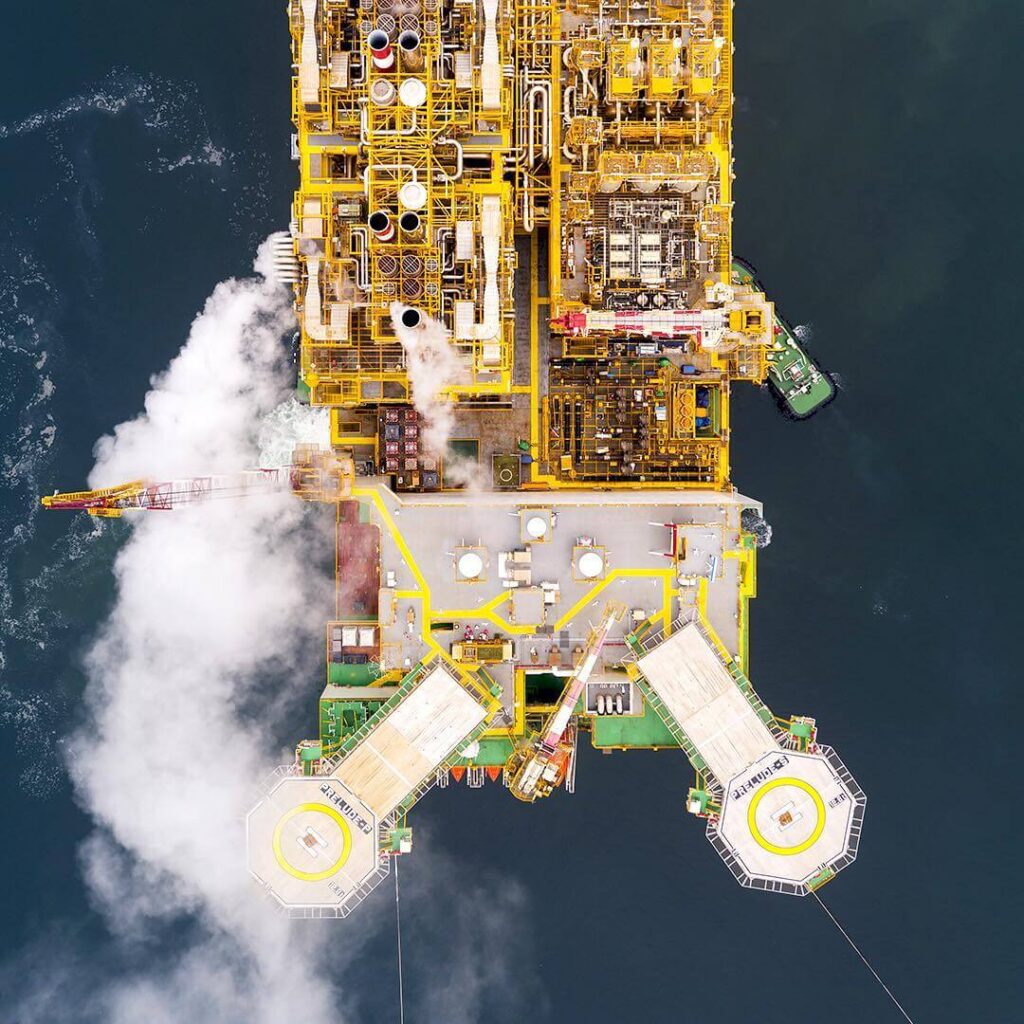
Shell is one of the world’s biggest fossil fuel companies responsible for generating around 1-2% of global CO2 annually. While it continues to invest billions to dig deep in the earth’s core for fossil fuels, it does the least effort to address climate change. However, the company is setting some good greenwashing examples. One of them is its global warming poll on Twitter. The survey was posted on 2nd November 2020 and asked its followers: “What are you willing to change to help reduce emissions?”
While the poll attracted a humble 199 responses, it went viral because of Shell’s impertinent approach of being a primary contributor to the climate crisis and yet talk about being environmentally friendly. Activist Greta Thunberg attacked the fossil fuel company for its endless greenwashing practice, along with climate scientist Prof Katharine Hayhoe who pointed out Shell’s role in increasing atmospheric carbon dioxide. A few months later, a European court ordered Shell to minimize its carbon emissions by 45% by 2030.
9. Unilever
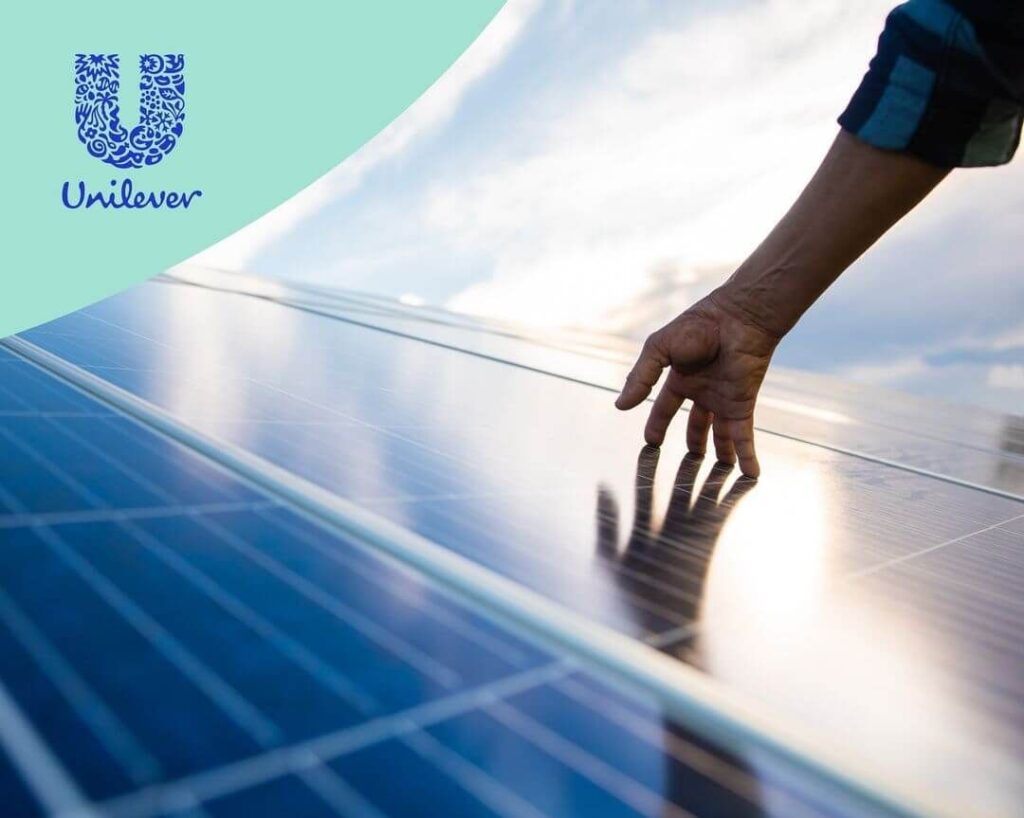
The multinational consumer goods company Unilever has been making a series of commitments to address climate change and portray itself as environmentally friendly. From promises to recycling its plastic packaging to creating a waste-free world, it claims to do many, but actually does none. An investigation conducted by the Global Alliance for Incinerator Alternatives (GAIA) found that Unilever’s sachet waste recycling program in Indonesia was, in fact, a debatable chemical recycling method. As a result, the project was stopped after just two years of functioning.
Unilever’s sachets are made up of numerous materials, making them impossible to recycle or repurpose. However, the company is steadfast about using them. As part of its greenwashing tactic, it launched an environmental campaign promising the invention of a technology built as a breakthrough recycling process that will be able to address the plastic sachets problem across industries. Unilever is the third largest plastic polluter globally and funds massive incineration operations on the outskirts of Indonesia’s Jakarta.
10. HSBC

The British banking and financial service company HSBC rank 13th among the leading banks financing fossil fuel. While it boosts itself for paving the path to a green transition, it continues to fund carbon-heavy industries such as thermal coal mining, chemical production plants, and so on. The UK advertising standards banned a series of misleading advertisements by HSBC, saying any future campaigns regarding the bank being environmentally friendly must disclose data on its contribution to address climate crisis.
The Advertising Standards Authority (ASA) followed loads of complaints over posters on high streets and bus stops after the Cop26 climate change conference in Glasgow. The hoardings highlighted how HSBC invested $1 Trillion in initiatives fighting climate change but failed to acknowledge its own contribution to carbon emissions. After a lot of contemplation, HSBC mentioned that it would stop financing oil and gas companies. However, time will tell what really happens in future.

All You Need to Know About Greenwashing
What is Greenwashing?
Greenwashing refers to overstated or false marketing claims regarding an organization’s ecological sustainability. Corporate greenwashing involves invalid declarations of a positive environmental impact, untraceable carbon footprint goals, swapping product packaging with eco-friendly labels, and so on. The idea behind this practice is to deceive consumers into believing that a brand’s products are ethically sound and environmentally friendly, than they actually are in reality.
While greenwashing comes with its own set of legal and long-term business risks, many companies intentionally engage in it to increase sales. Unfortunately, even decent companies sometimes engage in greenwashing unintentionally, if they overestimate their action’s effectiveness or fail to measure their carbon emissions data accurately.
Why do Companies Greenwash?
Rising environmental concerns have led consumers to divert their purchases to sustainable and clean brands. Whether it is buying everyday essential goods or an energy-efficient appliance, taking flights for holiday trips or shopping fashion, every mindful consumer is trying to reduce their carbon footprint by opting for responsible companies.
Therefore, sustainability has become a huge opportunity for organizations that wantto capitalize on the soaring demand for eco-friendly products. As a result, they indulge in greenwashing to make the most of this market without altering the present status quo.
Some Common Greenwashing Tactics Adopted By Brands
- Biodegradable- This term is extensively used by brands nowadays. But please note that biodegradability can’t be the only criterion that makes a product better for the environment. It simply means that the item will decompose over time, but after how long— we don’t really know. Not all biodegradable products are made sustainably, and they end up emitting greenhouse gases once they reach landfills. These items also cause problems if you try to recycle them. Therefore, it is essential to consider the whole life cycle of a product to assess its environmental impact.
- Environmentally Friendly- Now, this one’s another of the universal greenwashing terms. Almost every company pretending to be conscious has started to use the word “environmentally friendly” or “eco-friendly” on their product label or company page. However, there is no legal basis for marking an item as eco-friendly, and the claims can be made even for the weakest reasons. As a result, brands that just want to portray themselves as environmentalist often use this term without clearly explaining how exactly their products are better for the environment.
- Organic Or Sustainably Sourced- It’s a well-known fact that organic, locally-grown food has many environmental and social benefits. Not only does their transportation involve fewer miles, ultimately cutting on emissions, but you also get to support local farmers, in exchange for fresh seasonal produce. But there’s every possibility that some food items are locally grown in a harmful way spoiling soil health and spewing out greenhouse gases. This typically happens while growing non-native species in unsuitable environments.
Why is Greenwashing Bad?
Companies that prioritize profit over moral grounds leave no stone unturned to cash in on every opportunity. And currently, this opportunity is consumers’ demand for environmentally sound products and services. The typical mindset is sustainable products are expensive. Hence, many brands have started to advertise themselves as eco-warriors with the ulterior motive of charging more for their products. While at the same time, they do nothing to fight climate change or embrace sustainable actions or reduce their carbon footprint by even a bit.
Greenwashing creates doubt among consumers as it gets challenging to choose between companies that genuinely carry out their environmental duties and those that just make claims. To tackle this issue, the UK government has recently released legal guidance regarding how UK brands can make sustainable claims to combat greenwashing.
Laws and Regulations Surrounding Greenwashing Claims
Europe has introduced a new series of laws for companies to back up their greenwashing claims. These regulations are created to set a higher standard for brands making valid environmental claims. The two laws aiming to prevent greenwashing are: The French Climate and Resilience Law, which is set to take effect in 2023, and the European Union’s Unfair Commercial Practices Directive, scheduled for 2024-25. The provisions of the laws are—
- Companies must collect their own clear and verifiable data to support any environmental claims. This covers gathering evidence for every kilogram of carbon emitted, waste generated, water consumed or energy used as part of a product’s sustainable marketing claims.
- Companies can claim a product’s sustainability if they disclose the entire product lifecycle and its environmental impact— from raw material to the ‘end of life.’ This involves the collection of evidence from suppliers at every step of a product’s life, including factories hired for recycling and remanufacturing.
- Collecting data-based evidence of a product’s entire lifecycle has become highly crucial for companies striving to be sustainable. While the more data a brand collects, the more fruitful it will be, but let’s face it, the assessment of too much data manually is a challenging task. Therefore, companies increasingly rely on advanced software solutions to monitor a transparent supply chain to root out fraud before any product reaches the store shelves.
Tips For Avoiding Greenwashing Tactics
- Look deeper to get detailed information about a company’s environmental claims.
- Check for recognized third-party certifications.
- Check for irrelevant claims that don’t really indicate about sustainability.
- If you’re unsure about the products or their ingredients, reach out to the brand and raise your queries.
- Check if a company is trying to play the game of “Lesser Of Two Evils,” where it tries to prove itself a better alternative to its competitor.
- Look for transparency. Eco-friendly brands reveal everything from details about their supply chain to environmental and social causes they’re associated with.
- Check if the brands provide minimal and recyclable or compostable packaging.
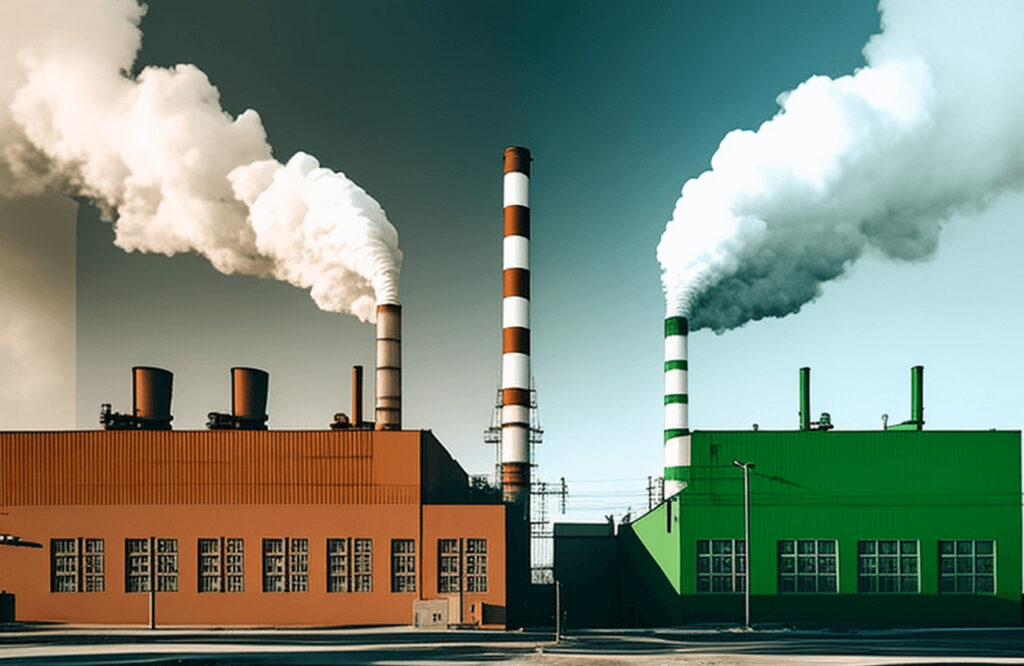
The Bottom Line…
Greenwashing is a widespread marketing practice designed to confuse consumers by making them into believing that their buying decisions have the least environmental impact. For this reason, it’s extremely important to be aware of the different types of greenwashing strategies implemented by major organizations. By being vigilant and doing your own research; you can help hold them accountable for their environmental claims and make more sustainable choices. Ultimately as consumers, it’s up to us to demand transparency and honesty from companies. so that we can all work together to create a more sustainable future for our planet.

